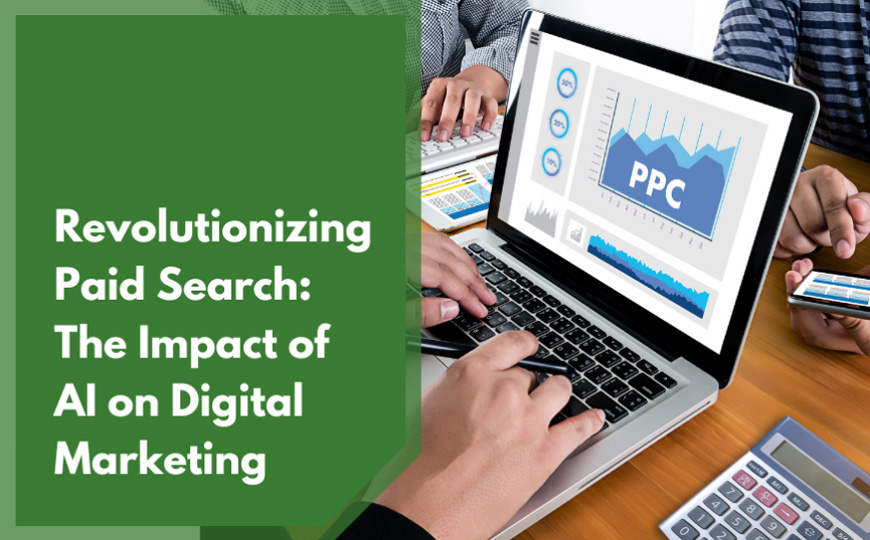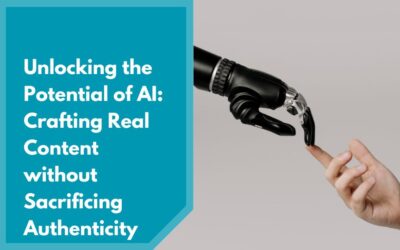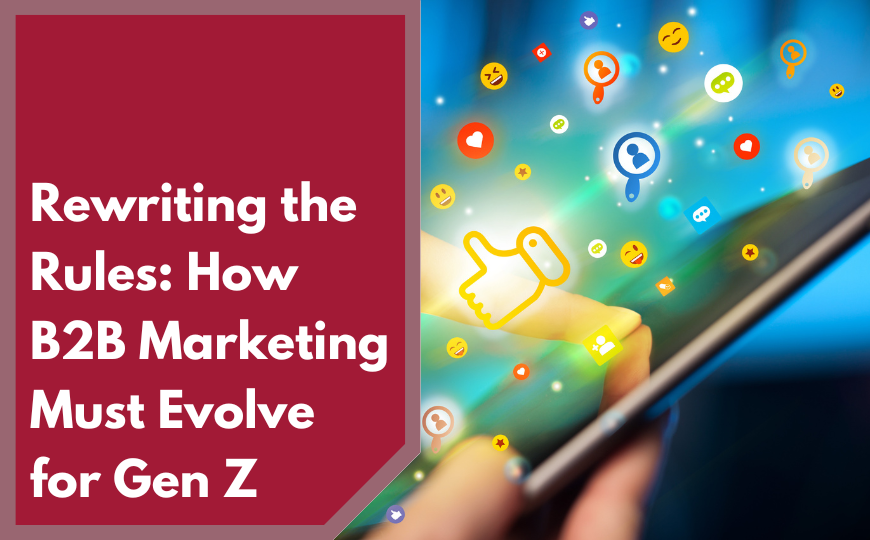There are three major types of machine learning that exists today. Within each type, there can be hundreds of different techniques for machine learning based on a statistical or mathematical principle, which makes them highly effective in certain circumstances. 1) Supervised machine learning, which is task driven, 2) Unsupervised machine learning, which is data driven, and 3) Reinforcement machine learning, which is feedback driven.
1. Supervised Machine Learning
Supervised machine learning algorithms and software are trained to recognize something using labeled examples. It uses patterns through methods like classification, regression, prediction and gradient boosting, to predict the values of unlabeled data. It receives a known training library of inputs along with the corresponding correct outputs and the algorithm modifies the model by comparing its actual output with correct outputs to find errors.
For example, machine learning algorithms help sift messages as spam in your inbox through training received from users who have marked an email as spam. Over time, if we keep marking messages as spam or not correctly, the algorithm can pick up what is or isn’t spam.
Supervised Learning algorithms:
- Linear and logistic regression
- Support vector machine
- Naive Bayes
- Neural network
- Gradient boosting
- Classification trees and random forest
Supervised Learning is used for expert systems in image recognition and speech recognition, forecasting and in specific businesses for targeting and financial analysis.
Supervised Learning In Marketing Context
Supervised learning method can be used in marketing situations where you need to recognize or find something, including:
- Logo identification
- Social media mentions
- Sentiment analysis
- Influencer identification
2. Unsupervised Machine Learning
Unsupervised learning is used against data without any given outcomes. The system is not given any historical labels, but the algorithm must group different objects based on the similar attributes. The idea is to explore the data and find some structure within through sorting and classification.
For example, it is only with unsupervised machine learning that it is possible to go through content being produced every day to analyze it. It is possible to collect blog posts written about your company and use natural language processing to transform them into a list of topics to find the messaging being associated with the company.
Unsupervised Learning algorithms:
Unsupervised algorithms can be split into different categories:
- Clustering algorithm -K-means, hierarchical clustering or mixture models
- Dimensionality reduction algorithms- PCA, ICA or autoencoder
- Anomaly detections- detect data outliers
Unsupervised learning algorithms are preferred for pre-processing the data, for exploratory analysis or also for pre-training supervised learning algorithms.
Unsupervised Learning In Marketing Context
Unsupervised machine learning can be used in marketing situations for-
- Sorting images
- Making sense of social media conversations about your company, competitors, or a particular industry
- Identifying your best customers
- Recommending items
- Finding trending topics to write about
3. Reinforcement Machine Learning
Source: Wikipedia – Reinforcement Learning
Reinforcement Learning is based on the interaction of the agent (decision maker) with the environment. The algorithm is written in such a way that the machine learns through trial and error method to take action that yields the greatest reward. By repeating this action loop many times, the machine will improve its behavior and outcomes. Rewards can be anything from winning a game, to making more money or winning against other opponents. Reinforcement Learning is used in decision making processes and on ‘small’ dynamic system.
Reinforcement Learning algorithms:
- Q-Learning
- Sarsa
- Real-Time Dynamic Programming
- Dyna
- Prioritized Sweeping
- Policy Search Algorithm
- Hierarchical Reinforcement Learning Algorithms
Reinforcement Learning algorithms are used in game theory, robotics, computer networking. Industrial logistic or even in vehicular navigation.
Reinforcement Learning In Marketing Context
The Reinforcement Learning framework is used marketing, for –
- Cross-channel marketing optimization
- Integrating marketing measurement and media buying systems
- Buying ads with different attributes to be shown to the home page, social media and other partner sites
But the most advanced implementation of machine learning and artificial intelligence are never restricted to one type or technique, rather many techniques are used together.






